‘Negotiating Cultural Diversity in Afghanistan’ by Omar Sadr is an account of Afghanistan's multicultural society. The book discusses the challenges that the government faces in ensuring national integration under cultural diversity. The book covers twenty-two years of modern Afghanistan history, beginning from 1992 to the era of civil war i.e. from 1992-2014, which replaced the centralisation of power, with a collapse of the state the political turmoil and demands for ethnic and cultural rights challenging the government (p. 3).
The book has referred to three theoretical approaches, namely liberalism, communitarianism and multiculturalism. The author has developed an alternative system by assimilating interculturalism and multiculturalism. The book is divided into eight chapters, out of which the first two chapters explain to the reader the definition and meaning of cultural diversity.
In Chapter Two, the author's objective is to describe the evolution of the idea of cultural diversity and its importance. In the later part of the chapter the author highlights the role of the state with regard to cultural diversity. The author rightly so argues that the state has the responsibility to ensure a stable state and maintain a collective unity amongst the different tribes of people, and ultimately create a homogeneous national identity and culture and integrate those who are in minority and are initimidated by the majority culture. The chapter discusses the success and failure of the western concepts of liberalism, communitarianism and multiculturalism in grasping the meaning and relevance of cultural diversity. It argues that these concepts failed to ensure practical role of these cultures in public sphere; there was an absence of engaging with them through intercultural dialogue. (p.21). The author cites Herder’s idea of cultue and emphasises that culture shapes identity, values and perception of people, which we also witness in the Afghan society. The chapter concludes that culture is fluid and does not necessarily play a constructive role all the time. Sometimes culture also leads to contest between the two individuals who may have similar cultural background but there context could be different. And at times it is also a cause of discrimination in the society like it has been between the Hazaras and the Sunni Pashtuns in Afghanistan.
Chapter three analyses the efforts to construct a common national culture both through state-building and nationalism measures. It is done in two phases; first, it discusses the formation of modern-day Afghanistan, and secondly, it elaborates upon the genesis of the idea of Afghan nationalism. The author in the first section of the chapter laid down an interesting history of creation of modern day Afghanistan which is not known to the scholars of IR and is surely significant in understanding the present day geopolitics and the claims made by the Islamist groups. Author credits the colonial interventionists and the Tasrist Russian rulers in fixing the boundaries of Afghanistan before which it was simply referred to as “South Eastern Region”. Earlier in the various treaties signed between the Amirs of small provinces referred the Amirs as the Amir of Afghaistan and its dependencies, wherein dependencies term was used for Khurasan, Sistan and Takharistan. (p 60). This particular chapter helps the reader understand the role of cultural diversity in the formation of state.
Chapter three in particular comprises of detailed study of the modern day Afghanistan which guides the reader in better understanding of the history and how it has evolved over a period of time and the rich and diverse early history of Afghanistan. The chapter is rich in historical references and archival work. It is a classic study in itself.
Chapter four examines the Afghan government policies on managing cultural diversity. For this purpose, the author has used several case studies to reflect on how cultural amalgamation takes place to inform unity and nationalism. The first section within the chapter sets out the meaning of Afghan identity (p. 98).
The chapter has examined policies of the state like the Afghan as national identity, promotion of single official language, deprivation of minority mother tongue in the field of education and recognition of Islam as an official religion of the state. Author draws from the study of Kymlicka and his nine points that assist in homoginisation of the state, which has been visible in the case of Afghanistan. (p.98)
The author agrees that these parameters on which the idea of nationalism is based are governed by larger concept of colonisation and for the same he quotes an Afghan nationalist Usman Rustar Taraki, who opined that the nation building in Afghanistan has been internal colonialism and a violent process but at the same time Taraki justified the process by drawing the example of China, Iran, Turkey and Britain etc. but at the same time Omar sadr and Taraki both have similar stand that there is no point in going back into the history which will be further destructive. (p 131)
Chapter five argues that Afghanistan's multiculturalism is a social movement from bottom to top, unlike how it is top to bottom in several liberal democracies. A blend of instinctively enforced Westphalian monopolisation and historical selective argument is, then, shown as the rationale for people-led multiculturalism.
Chapter six is based on three prominent cases of Afghan history, which explains the challenges that multiculturalism has for the government. The author has picked three case studies to explain the intra cultural dialogue. It explains that how recognition of group rights led to curtailing of the individual rights and freedom at macro level. The prime challenge is the lack of religious tolerance, the second-most historical issue being in the case of Shia Hazara community where in when the Shia Hazara Personal Law is recognised by the state it has by default led to curtailing of women rights and freedom of the Hazara community. The author has explained the section on Shia Hazara women explicitly on page 195-198. And finally, the elephant in the politics of Afghanistan the question of Pashtunwali tribal code of conduct which are not very clearly charted where it is found that the jirga laws are very much against the universal women rights (p.199). In conclusion this chapter discusses the cultural rights versus the individual rights resulting in curtailing of individual rights (mostly women rights) by the group or community rights.
Chapter seven highlights the relationship between external actors and multiculturalism. The author discusses the two essential phases: the 1992 mujahideen period and the Bonn Conference of 2001. During both the period of state-building and the contribution of the external actors in that the author argues that the international community did not do enough to ensure accommodation of the minority rights during this period.
Finally, it can be easily said that the author has done a commendable job, and the book has something for all the readers. In this new world order, when the countries are trying to make the maximum out of the technological advancement, somewhere, the idea of critical thinking is diminishing.
The book has discussed the subject of cultural negotiation extensively on the lines of International Relations Theories (IRT), which might have inhibited the diverse group of readers to understand due to lack of their exposure to such theories. However, the book is an excellent piece of reference for IR scholars who want to discuss culture, multiculturalism, politics and nationalism from a Critical Theory point of view. Also it would have read better for the general masses if there was cross discussion between IR theories in context of Afghanistan in order to place it better. The author could have done a little bit more discussion on the Pashtun versus non-Pashtun community given its role in Afghanistan's domestic politics.
However, the author has done an impeccable study and it is a deep dive into the rich history of Afghanistan. Author has done extensive empirical study, and the reference to anecdotal history is helpful for those interested in doing a holistic survey of Afghanistan.
Moreover, it is worth mentioning that this book brings back the discussion on the importance of culture and tradition in politics. It is essential to understand the culture of the state if one wishes to conduct successful diplomacy. As rightly said," culture is a window reflecting the history…it is a bridge to enhance the mutual understanding and friendship between the people of different nations".

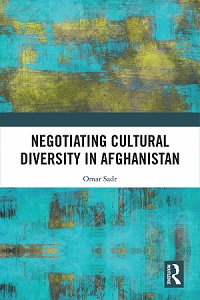


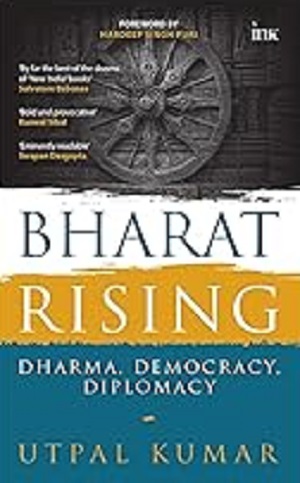
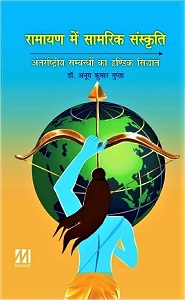
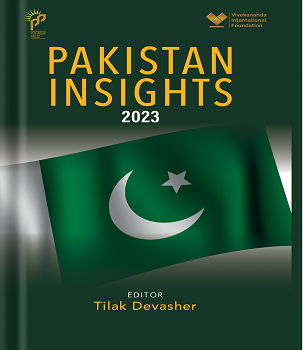
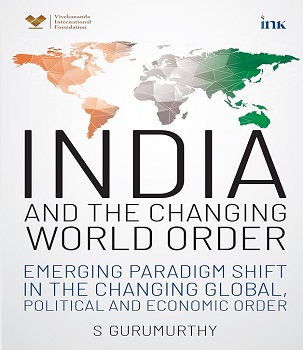
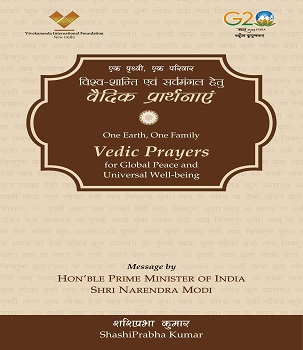
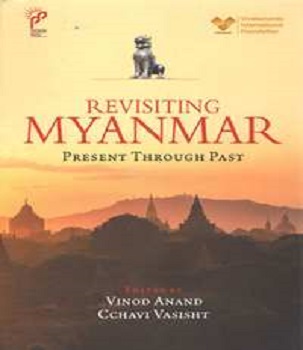
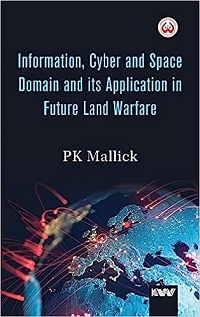
Post new comment